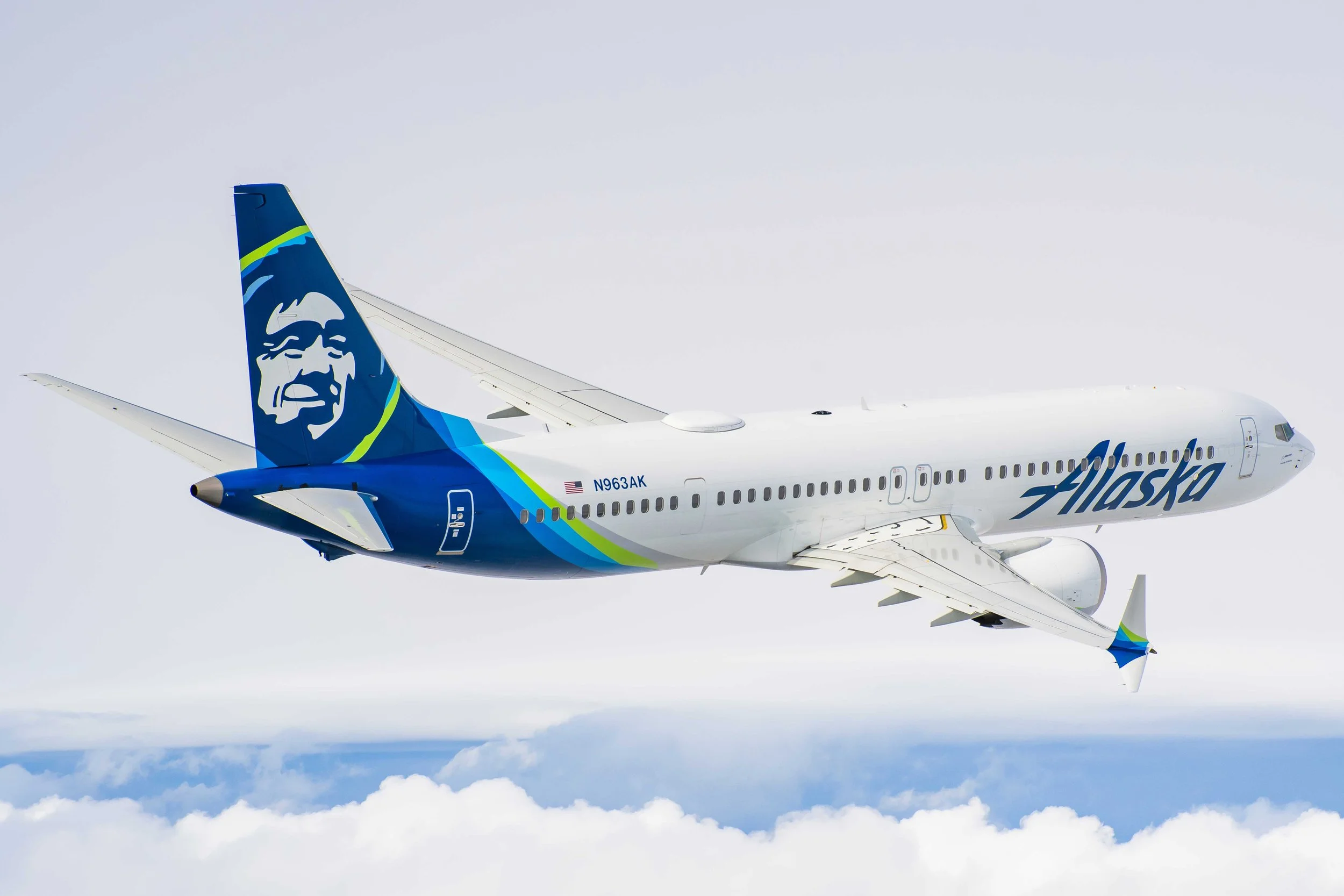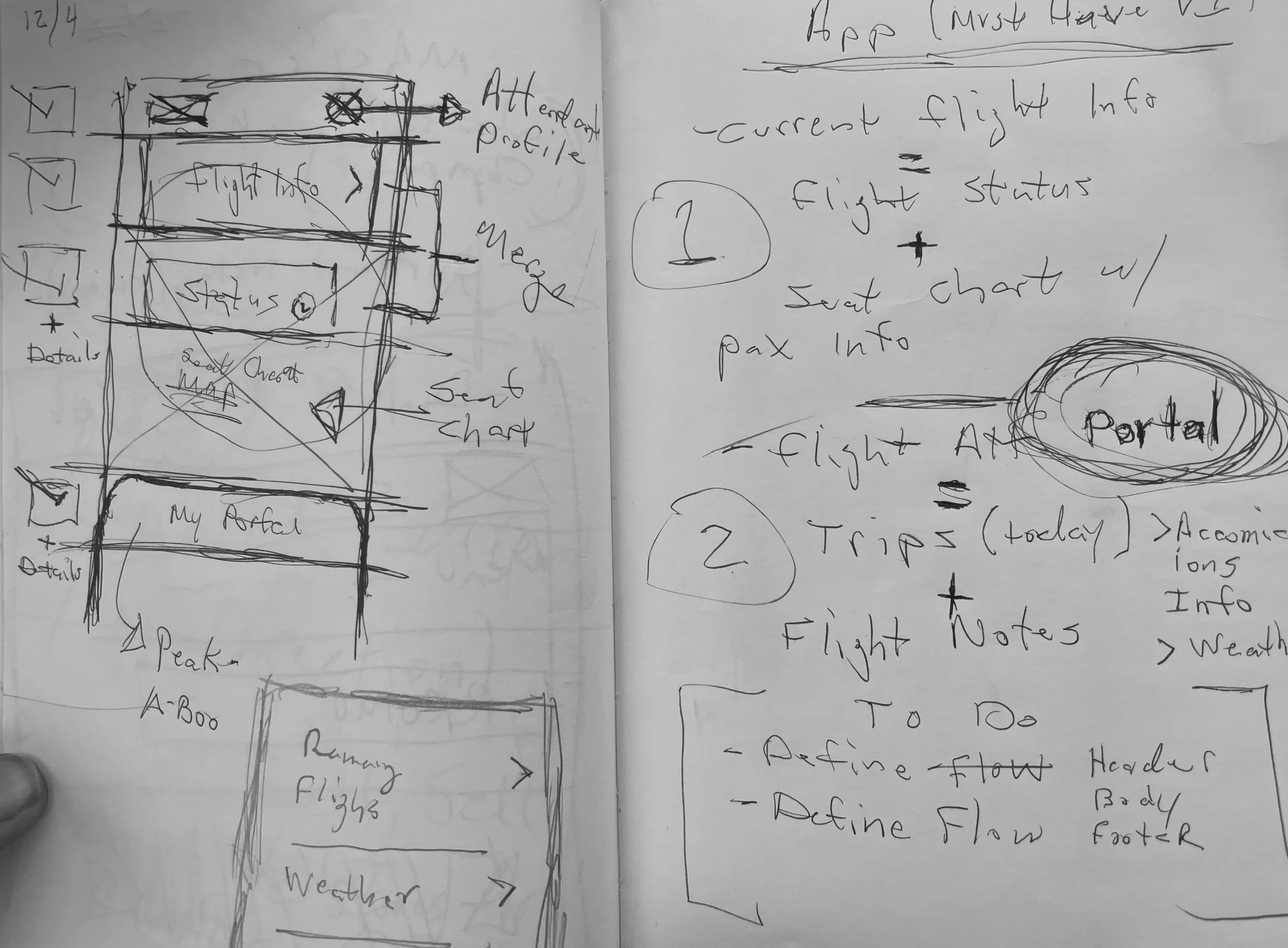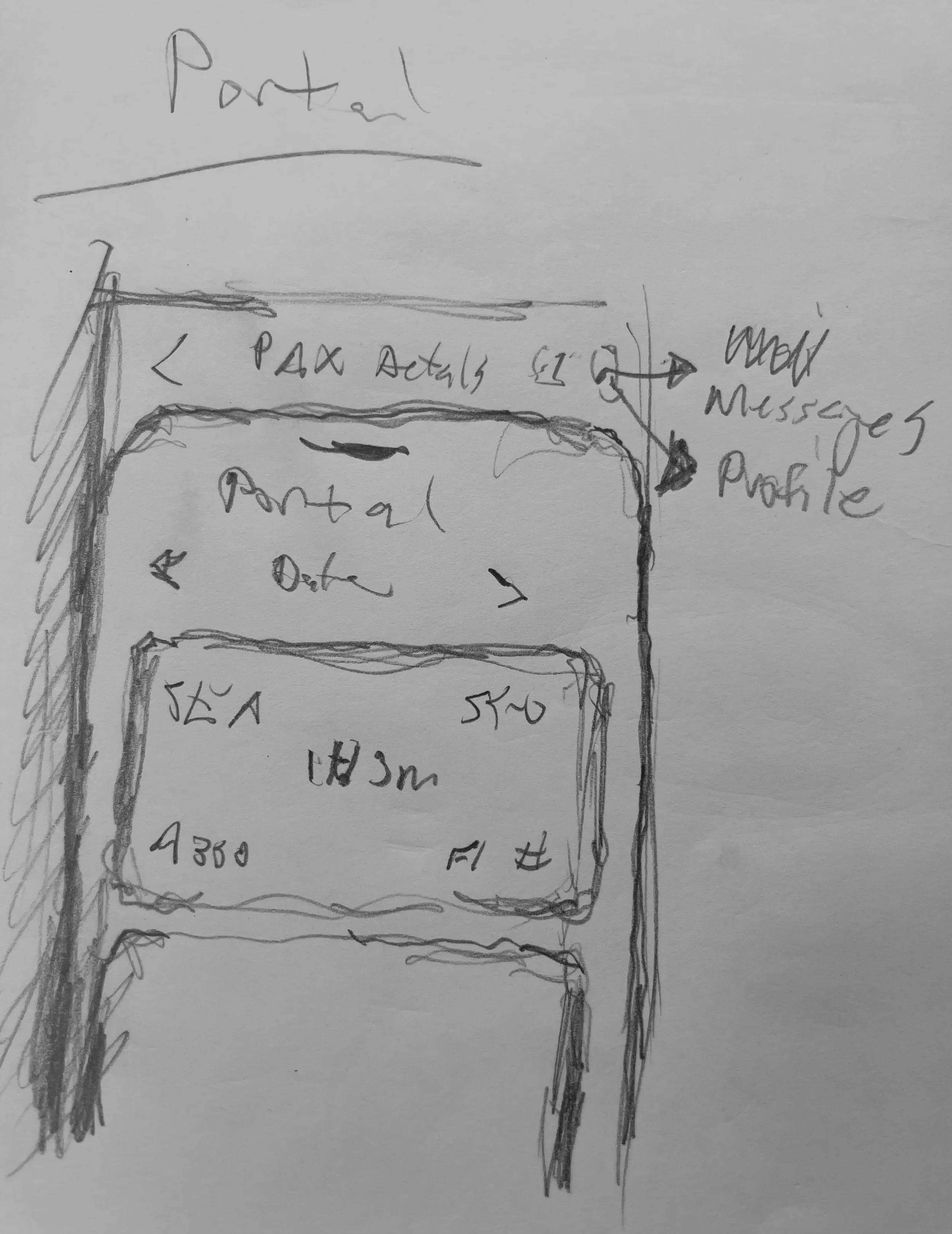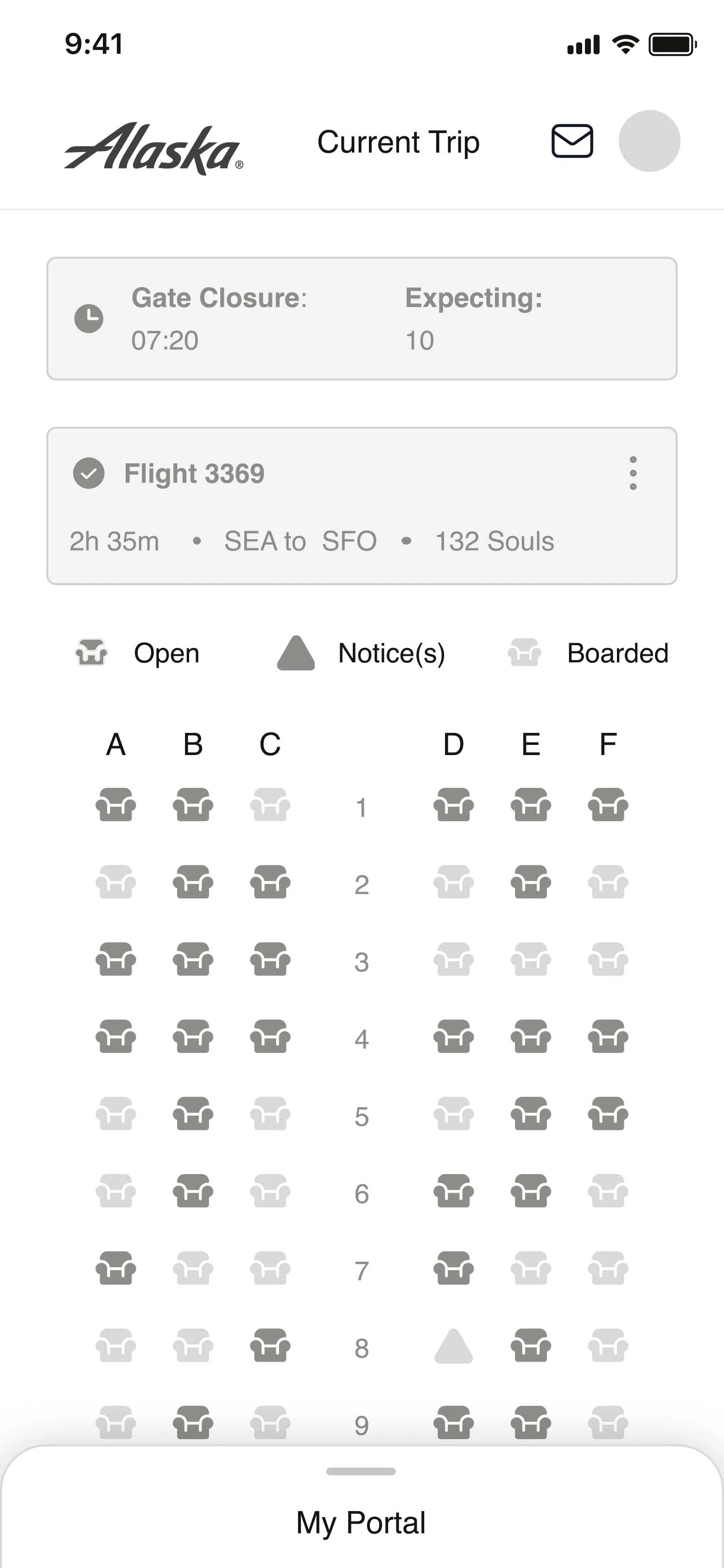
about Alaska airlines
Building a digital-first guest experience
With the increasing number of mobile devices used by airline staff, there is a greater need for a platform that facilitates quick, easy, and effective ways to resolve technical hurdles and help manage in-flight duties
The problem
Solution
Introduce a new “on-the-go”, to what was previously called “SpotOn”… in-crew solution that is easily accessible, provides quick assistance, and doesn’t need any prior training to use were a few of the design goals we aimed to achieve.
In A Nutshell
Its primary goal is to help its staff increase ground-level efficiency by solving their day-to-day technical hurdles in an efficient, centralized manner.
Defining The Problem
There’s a need to facilitate a quick response time by the IT services team which is embedded in the daily routine of the flying staff, thus making the process seamless. A solution that is easily accessible provides quick assistance, and doesn’t need any prior training to use were a few of the design goals we aimed to achieve.
My Role and Process
Responsibilities
UX, UI, Product Design
Wireframing
Prototyping
UI & Visual Design
Usability testing
Split A/B testing
Personas
Personas: Alaska Airlines has several personas and user groups, but our in-flight team needed a particular focus. Those core users were called "MVP Elites"” I worked with the UX research team to craft the persona. It was important for me to address the main user needs when designing the app, and having direct access to these users truly helped me address their needs and pain points throughout the process.
My Process: I worked with the product team which also consisted of a UX researcher with whom I worked closely on this project. Together, we would drive the product forward. I also collaborated with our content team which included a product manager, a copywriter, and several developers.
The UX manager along with UX researchers led discovery workshops with Alaska Airline customers to gather existing pain points and user insights about the current experience. I collaborated in these sessions to learn more about Alaska's In-flight team to gain perspective and empathy.
Sketches & Wireframes: As I normally do, I started the development and ideation process with a whiteboarding session involving information obtained by our team to generate some quick concepts but also to get the team inspired and thinking out of the box.
user testing
I paired with the UX researcher on our team and conducted several usability tests. Before addressing the visual design, we started testing our early concepts in grayscale wireframes to validate and solidify core functionality and usability issues.
Key results
Overall users were able to navigate through the app and “My Portal” without any issues
Most users were able to onboard and manage passengers without any friction and completed onboarding faster
The visual design received high remarks and many users mentioned that it enticed them to travel more
Key Solutions
After several design sprints and months of testing, we successfully launched the new Alaska Airlines inflight app. The new app was now on par with the legendary friendly and approachable customer service that Alaska's guests praise and love.
outcomes
2X
Increase in mobile conversion within 6 months of launch.
14%
A decrease in inflight support calls related to flight services in the first 3 months of launch.
The new design solution was a successful MVP. It addressed the user pain points and met the business goals that we had defined. As happy as I was with the outcome—I wasn't satisfied. Some so many ideas and concepts didn't see the day of light due to time and tech constraints. Some of my ideas included a completely different mental model of personalizing the in-flight crew experience.











